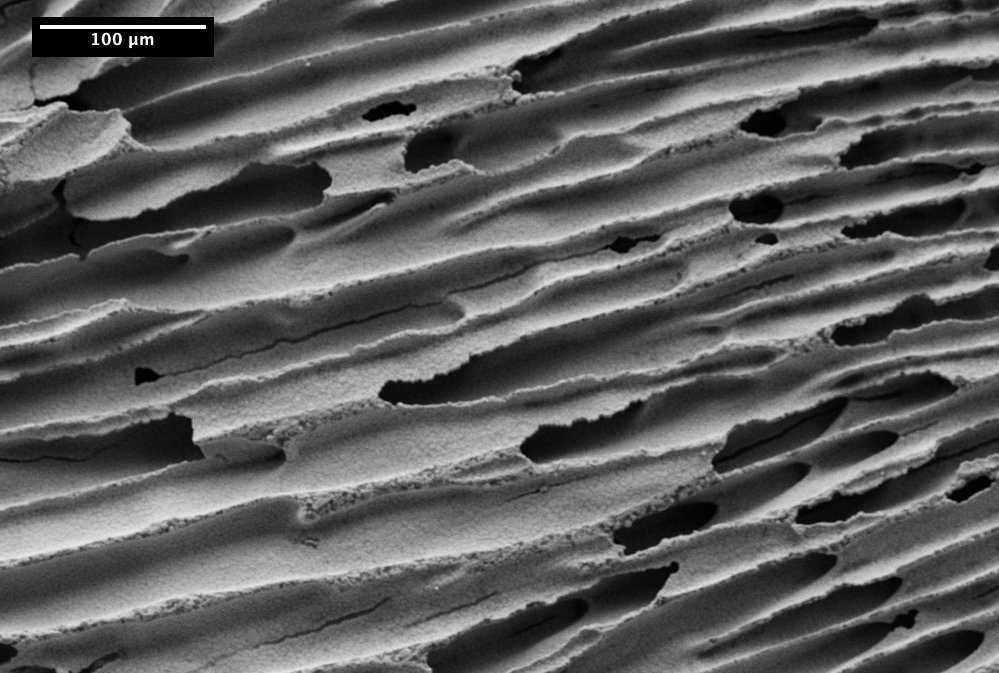Shape Memory Behaviors in Porous Zirconia-Based Systems
Graduate Student: Laura Quinn
Shape memory materials have been used in applications ranging from mechanical actuators to
medical devices. By taking advantage of a diffusionless martensitic transformation between
phases, these materials can either exhibit shape memory or superelastic effects. While these
behaviors have most often been exploited in alloys, the martensitic transformation is also seen
in zirconia-based ceramic systems. However, in zirconia-based systems, this phase
transformation is accompanied by a volume change that can lead to premature cracking in bulk
systems. In order to circumvent this issue, shape memory and superelastic behavior is typically
studied in single-crystal or oligocrystalline systems.
In this project, the versatile technique of freeze-casting is used to create porous zirconia-based ceramics that can exhibit shape memory behaviors. Sol-gel syntheses are used to prepare ceriastabilized zirconia in varying compositions in order to investigate different behavioral regimes. These powders are then freeze-cast into structures with a honeycomb-like pore network. The resulting oligocrystalline pore walls can more easily accommodate the volume change that occurs as a result of the martensitic transformation, and allows for the investigation of stressinduced shape memory and superelastic effects in macro-scale systems.

Oligocrystalline pore walls in freeze-cast ceria-stabilized zirconia.

Honeycomb-like pores in freeze-cast ceria-stabilized zirconia.

